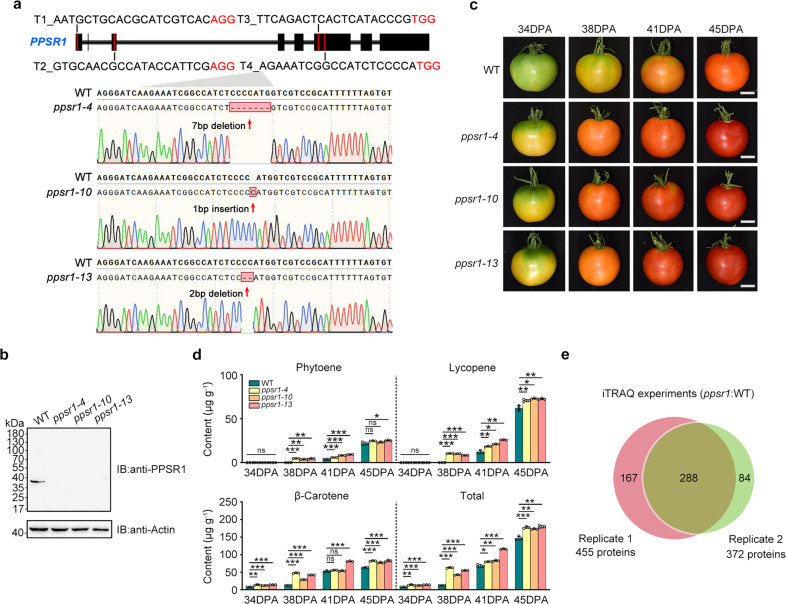Fig. 3. PPSR1 modulates carotenoid accumulation in tomato fruit during ripening.
a Genotyping of mutations mediated by CRISPR/Cas9 gene-editing system in ppsr1-4, ppsr1-10, and ppsr1-13 mutants. Schematic illustration shows the single guide RNAs (sgRNAs) containing different target sequences (T1, T2, T3, and T4) that were designed to specifically target the exons of PPSR1. Red letters represent the protospacer adjacent motif (PAM). Red arrows indicate the editing sites that were verified by sequencing. b Absence of PPSR1 protein in the ppsr1 mutants. Total proteins were extracted from fruit of wild-type (WT) and ppsr1 mutants at 38 days post-anthesis (DPA) and subjected to immunoblot using an anti-PPSR1 antibody. Equal loading was confirmed by an anti-actin antibody. IB, immunoblot. c Phenotype analysis of ppsr1 mutants. Fruit from WT and ppsr1 mutants at 34, 38, 41, and 45 DPA are shown. Scale bars, 2 cm. d Accumulation of carotenoids (phytoene, lycopene, and β-carotene) in fruit of WT and ppsr1 mutants during ripening. Error bars represent the means ± standard deviation (SD) of three independent experiments. The circles indicate individual data points. Asterisks indicate significant differences (*P < 0.05, **P < 0.01, ***P < 0.001; two-tailed Student’s t-test). e Venn diagram showing the overlap of proteins that exhibit differential expression in the ppsr1 mutant fruit compared to the WT in two independent biological replicates of quantitative proteome analysis. Proteins isolated from WT and ppsr1 mutant fruit at 38 DPA were subjected to iTRAQ (isobaric tags for relative and absolute quantification) labeling coupled with NanoLC–MS/MS.

